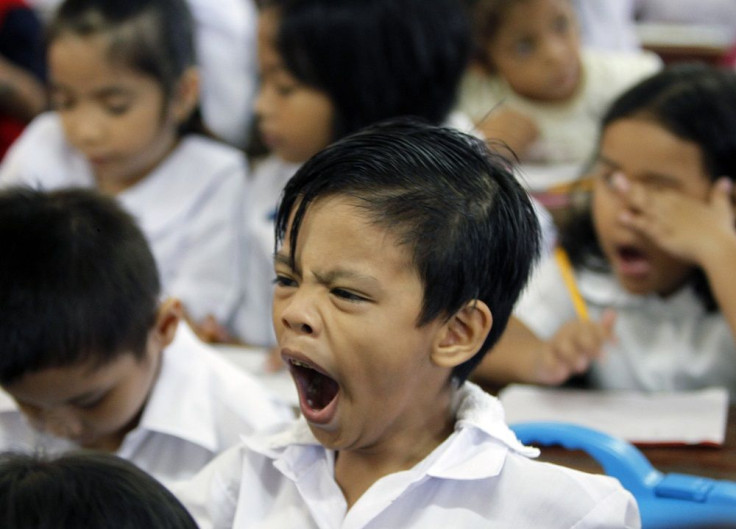Lead exposure increases child’s risk for sleep problems

Lead exposure in early childhood is associated with increased risk for sleep problems and excessive daytime sleepiness in later childhood, a new study finds.
In the research, a team from the University of Pennsylvania School of Nursing sought to investigate the influence of lead exposure in relation to the development of children and adolescents’ neurocognitive, behavioral and health outcomes.
The team’s findings, set for publication in the December issue of Sleep, are important in identifying and understanding the contribution of lead exposure to childhood insomnia and daytime sleepiness, according to the researchers.
“Little is known about the impact of heavy metals exposure on children’s sleep, but the study’s findings highlight that environmental toxins – such as lead – are important pediatric risk factors for sleep disturbance,” says the study’s principal investigator Jianghong Liu, PhD, an associate professor at Penn Nursing and a faculty member at Penn’s Perelman School of Medicine.
Using the data from the cohort study, the researchers assessed 665 children’s blood lead levels when the participants were between three and five years old. Six years later, the participants and their parents were asked to answer separate questionnaires about the children’s sleep patterns, insomnia and the use of sleeping pills.
The researchers found that child-reported insomnia and use of sleeping pills were two times and three times more prevalent in children with blood lead levels greater than or equal to 10 micrograms per deciliter. This suggests that sleep disturbances appeared problematic enough for children to suffer from insomnia and even to use sleeping pills in an attempt to ameliorate their symptoms, the team says.
“This study addresses an important but often neglected area of sleep science, namely, environmental factors that disrupt sleep biology and behavior in children and other vulnerable populations,” says the study’s senior author David Dinges, PhD, a professor and chief of the Division of Sleep & Chronobiology in the Department of Psychiatry at Penn Medicine.
Liu says insufficient sleep and daytime sleepiness is highly prevalent in children and adolescents. More research needs to be done to identify contributing factors and ways to prevent or reduce the impact of these sleeping problems, in order to indirectly improve sleep-related health outcomes such as cognition, emotion, behavior, and in some cases, diabetes, Liu says.
According to the researchers, lead pollution is pervasive throughout China and other developing countries. While rates of lead exposure are decreasing due to the phase-out of leaded gasoline and increased public awareness, its persistence presents a significant health risk to children.
Lead has had serious consequences for the health of children, and its neurological and behavioural effects are believed to be irreversible, the World Health Organisation says. At high levels of exposure, lead attacks the brain and central nervous system to cause coma, convulsions and even death. Children who survive severe lead poisoning may be left with mental retardation and behavioural disruption. Exposure to lead also affects children’s brain development resulting in reduced intelligence quotient, behavioural changes such as shortening of attention span and increased antisocial behaviour, and reduced educational attainment.
Contact the writer at feedback@ibtimes.com.au or tell us what you think below.




















